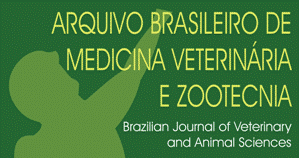ABSTRACT
Genealogical data comprised 45,711 animals born between 1901 and 2016, with 48,127 animals in the pedigree file. Population structure was analyzed in terms of pedigree completeness, individual inbreeding coefficient (F), generation interval (L), rate of inbreeding (ΔF), effective population size (Ne), effective number of founders (ff), and effective number of ancestors (fa). The herd initially consisted of 13 bulls and 14 cows, and there were variations in the number of selected bulls and cows throughout the analyzed period, with 2,575 bulls, 13,691 cows, and 45,711 births recorded at the end of 2016. In total, 48.81% of the cows had only one progeny. Most dams (47.59%) were between three and seven years old, with a mean L in the population of 7.9 years. According to the results, 52.75% of the cows, 44.92% of the bulls, and 63.71% of the calves of the Guzerat breed in the northern region of Brazil showed some degree of inbreeding, with small-magnitude coefficients (0.56, 0.83, and 0.71% for cows, bulls, and calves, respectively). This fluctuation did not hinder the genetic evolution of the herd in the region. The effective population size does not seem to compromise the maintenance of genetic variability in the breed.
Keywords:
ancestor; effective size; founder; generation interval; inbreeding

 Thumbnail
Thumbnail
 Thumbnail
Thumbnail
 Thumbnail
Thumbnail
 Thumbnail
Thumbnail
 Thumbnail
Thumbnail




